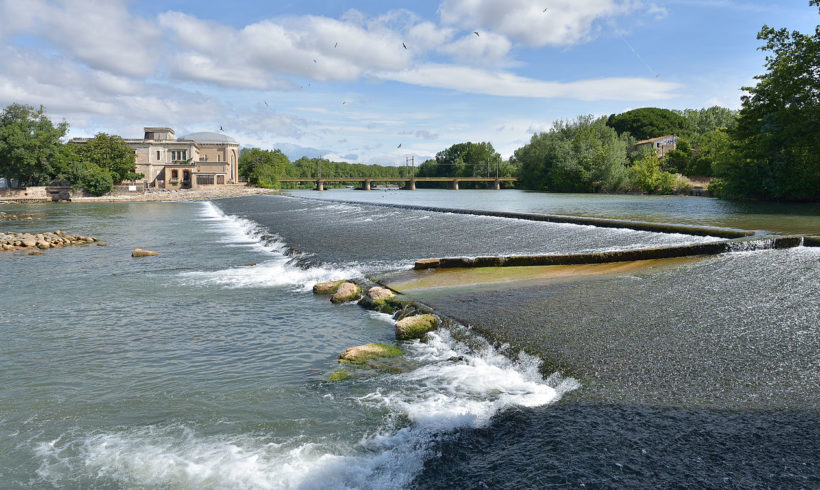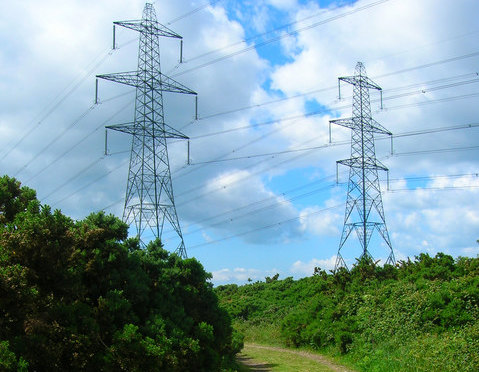In the past three articles, I analyzed several aspects of the Hera Group, its strong dedication to sustainable development, and how the company is advancing energy efficiency in industry. There is one more thing I would like to mention and in particular Hera’s organizational structure and some common features with the Community Choice Energy (CCE) programs in California, also known as Community Choice Aggregation (CCA). For this purpose, I will explore data from Marin Clean Energy (MCE), which I introduced in previous articles as the subject of my research.
Archive for category: Analysis

The HERA Group: from Local Utility to Global Sustainable Development
Hera’s strategic drivers are innovation, efficiency, growth, excellence, and agility. Sustainability has been at the center of the business strategy since its establishment. In 2016, the company decided to move forward to take an active role in the 2030 Agenda for Sustainable Development of the United Nations and its 17 Sustainable Development Goals (SDG)

Energy Brands and Strategic Vision
By DR. FRIDRIK LARSEN Retail energy strategy is about finding the right positioning and implementing it. Energy company branding is not simple for energy providers,...

Could climate change make mosquitoes worse in Virginia? The answer is more complicated than you might think.
All over the state, Virginia residents have been quick to condemn this year’s especially wet summer. But those torrential downpours might be why you have fewer mosquito bites on your arm. As the climate grows steadily warmer, the risk of increased illness from heat-loving insects like mosquitoes grows with it. The research group Climate Central released a report earlier this month detailing how so-called mosquito disease danger days are rising. There are more days in spring, summer and fall with an average temperature between 61 and 93 degrees, the prime temperature for mosquitoes to spread diseases like West Nile virus.

What is the Affordable Clean Energy rule and how does it compare to the Clean Power Plan?
On August 20, Acting Environmental Protection Agency (EPA) Administrator Wheeler signed a notice of proposed rulemaking called the Affordable Clean Energy (ACE) rule, the next step in developing the Trump Administration’s much-anticipated replacement to the Obama-era Clean Power Plan.
The Affordable Clean Energy rule establishes guidelines for states to develop carbon emissions reductions standards for existing coal-fired power plants.

Solving for Water Security at the Source
Water funds are a collective investment vehicle in which stakeholders collaborate to implement nature-based source water protection. Downstream water users invest in upstream land and water management practices, compensating upstream land managers for restoration activities and better management of agricultural land. Rural landowners and communities can benefit economically from these investments as well. Mutual benefits are the hallmark of successful water funds.

China’s Gas Shortage
Recent strategies and policies to phase out coal in China have led to an increase in demand for natural gas. In October 2017, China’s Ministry of Environmental Protection unveiled plans to cut harmful air pollution, especially the particularly damaging fine particulate matter known as PM2.5. The plan, or “Coal Ban,” has set strict targets on air quality levels in addition to a ban on burning coal in 28 of its northern cities, including Beijing. However, while the air quality improved significantly in Beijing this past winter, the rapid ban on coal burning and the transition to natural gas has left thousands without heat.

Renewable integration strategies in regulated and deregulated electricity market structures
Electricity markets are complex compared to other markets such as transportation and physical commodities markets, as supply and demand are required to be matched in real time. In addition to this, mismatches in electricity load scheduling can lead to serious consequences such as blackouts. Due to its high social importance, in many countries, the electricity sector was previously owned and operated by state agencies. This has however changed, and many countries have restructured and deregulated their electricity markets. Regulated and deregulated electricity markets have their pros and cons in terms of consumer price, efficiency and environmental impacts. In this article, the case of United States is examined to compare the renewable integration strategies in these two different types of electricity markets. In the United States, the Northeast, Midwest, Texas and California have deregulated market structures while other parts have regulated markets. Currently, 24 states have a deregulated generation sector and 18 of them have deregulation at retail level also.

The Road to Mass Market EVs in the USA
Over the last few years, the conversation has changed to not “if” but “when” the vehicle electrification revolution will occur. Many of the major automakers have recently announced strategies to focus on plug-in electric vehicles (EVs). Ford, realizing “an inflection point in the major markets toward battery electric vehicles”, created “Team Edison” dedicated on developing all-electric cars and plans to introduce 13 new battery electric vehicles by 2023. GM announced its commitment to an all-electric future and will offer at least 20 all-electric vehicle models by 2023. Volvo will have an electric motor in every car it sells beginning in 2019. Mercedes-Benz plans to offer each model in an electric version by 2022.

The Italian Energy Audits model: A “cocktail” of best practices that lead to success
In March this year, I wrote about the how the Italian model could unlock the great energy efficiency potential in the country’s SMEs. While energy audits are mandatory for large companies, Italy requires them for certain SMEs as well.
New data presented in the Energy Efficiency Annual Report 2017 published by ENEA, the Italian National Agency for New Technologies, Energy, and Sustainable Economic Development, confirms how the energy audits model continues to be successful in Italy. 2016 data reveals that 20% of the total energy audits received were performed by SMEs, and shows that potential savings between 0,8 Mtoe and 1,1 Mtoe could be achieved with a payback period equal or less then three to five years respectively.
What is the secret to this success? We already know that one of the keys is that the Italian model requires SMEs to undergo energy audits in case it is an energy consuming company, and mandatory implementations of the identified measures.


